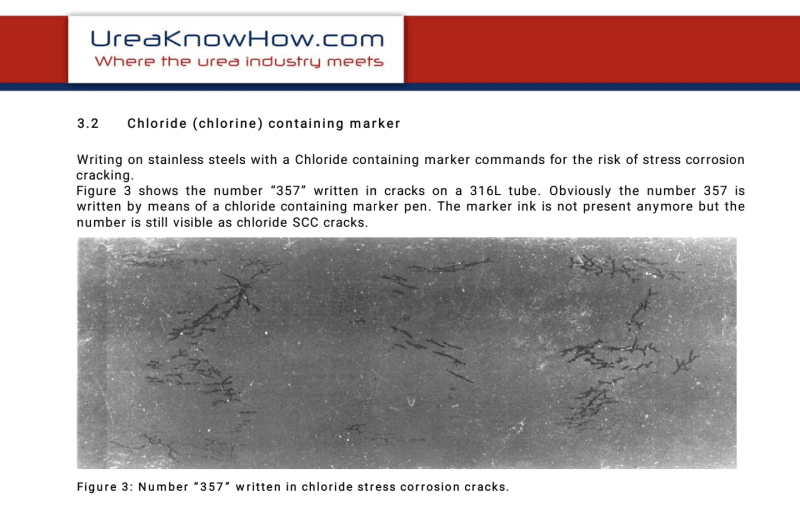I have been told for years not to use black but I have never been told why. I know why not to use a pencil etc. but what is the reason for no black markers? I use a silver pencil or a paint pen or a blue/red sharpie. Can someone tell me the actual factual reason for no black?
Below is a thread i found from 2015.
WKTaylor (Aeronautics)2 Oct 15 21:23
Roberto1brazil...
Rule-of-thumb about marking on aircraft parts: DO NO HARM.
DO NOT USE carbon lead pencils on bare metal. EVER. The carbon is hard/impossible to remove and will react with most metals in a decidedly nasty way!
OK to use permanent ink felt-tip pens [Sharpies, etc], any color, EXCEPT BLACK! (quiz: why not black?)
There are also colored paint-pens that are generally OK, assuming solvent based thinner will remove it.
At one time a special pencil [silver marking 'lead'?] was allowed for marking bare or painted metal... however these are geneally NA.
For GOD SAKES, NEVER mark on metal with a scribe [or pointed-tip metal punch], unless You mean to cut along that line or drill thru the punch-mark.
Regards, Wil Taylor
Below is a thread i found from 2015.
WKTaylor (Aeronautics)2 Oct 15 21:23
Roberto1brazil...
Rule-of-thumb about marking on aircraft parts: DO NO HARM.
DO NOT USE carbon lead pencils on bare metal. EVER. The carbon is hard/impossible to remove and will react with most metals in a decidedly nasty way!
OK to use permanent ink felt-tip pens [Sharpies, etc], any color, EXCEPT BLACK! (quiz: why not black?)
There are also colored paint-pens that are generally OK, assuming solvent based thinner will remove it.
At one time a special pencil [silver marking 'lead'?] was allowed for marking bare or painted metal... however these are geneally NA.
For GOD SAKES, NEVER mark on metal with a scribe [or pointed-tip metal punch], unless You mean to cut along that line or drill thru the punch-mark.
Regards, Wil Taylor

![[yinyang] [yinyang] [yinyang]](/data/assets/smilies/yinyang.gif)
![[pig] [pig [pig](/data/assets/smilies/pig.gif) ments] without carbon black... BUT without explicitly KNOWING that carbon black is NOT included in the ink or paint, then default to the known. NO, NOPE.
ments] without carbon black... BUT without explicitly KNOWING that carbon black is NOT included in the ink or paint, then default to the known. NO, NOPE. 
